Watch: Bach with Greek gods
mainAn exclusive stream of last summer’s Athens Festival recital by Leonidas Kavakos.
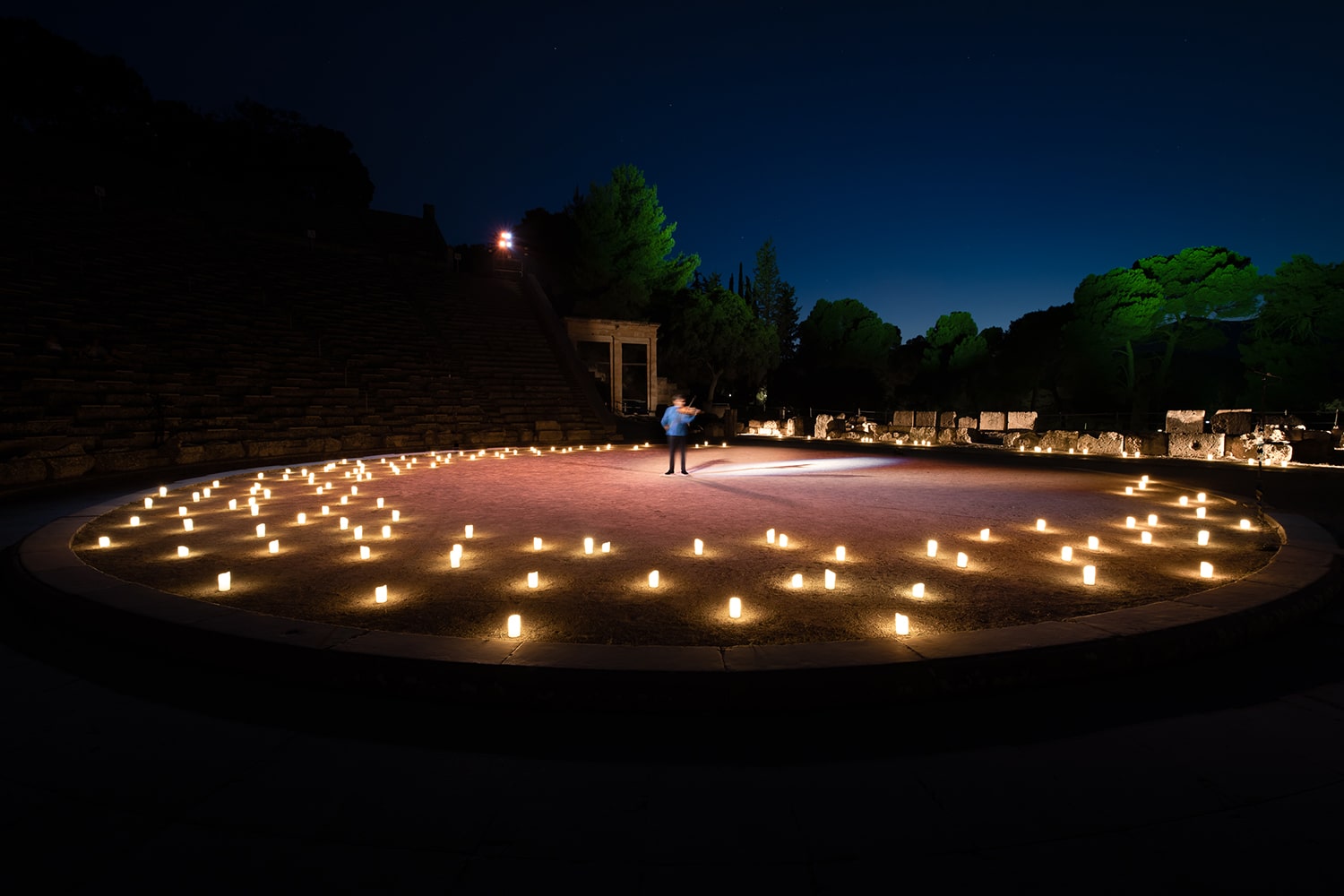
photo (c) Stavros Habakis
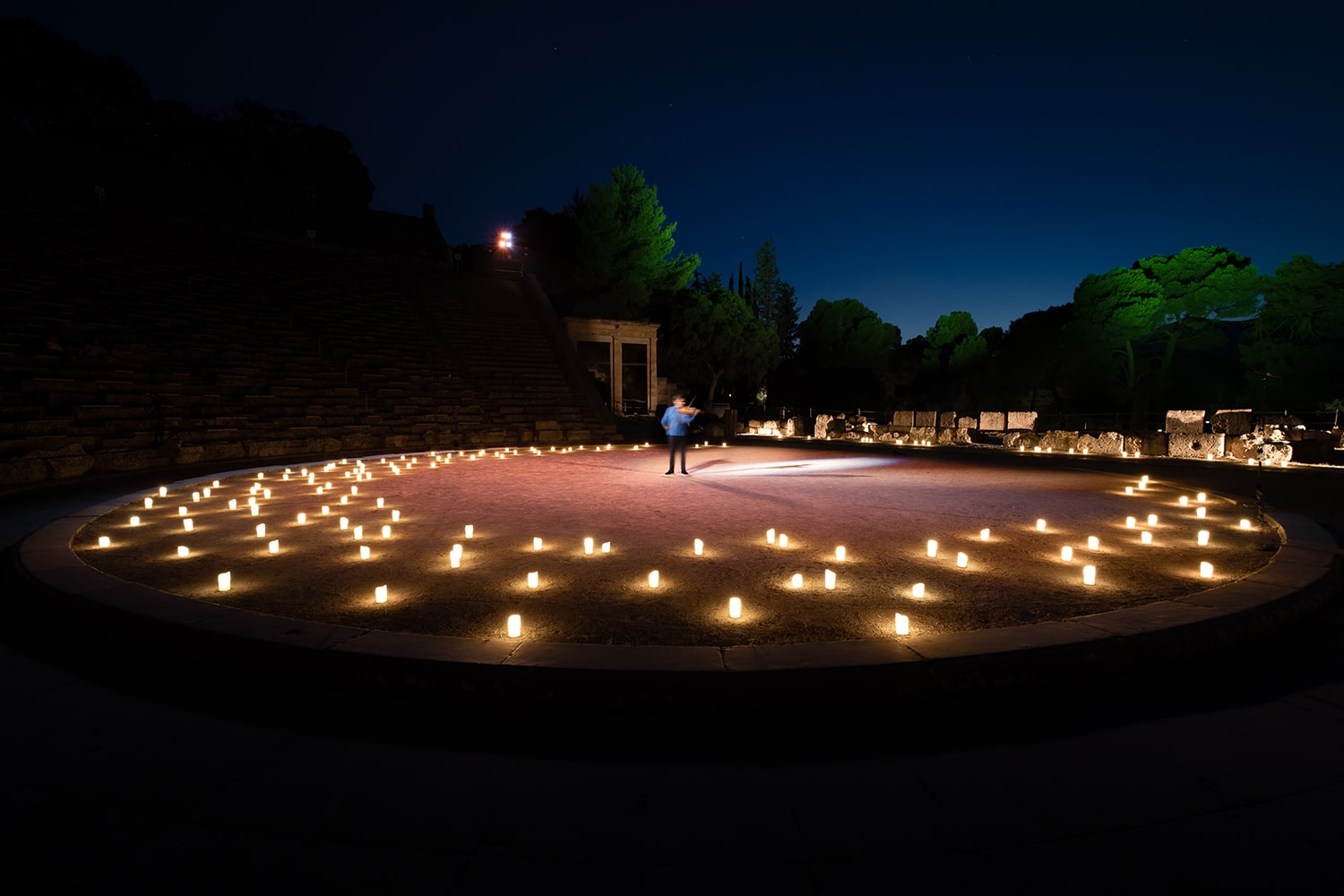
An exclusive stream of last summer’s Athens Festival recital by Leonidas Kavakos.

photo (c) Stavros Habakis
Statement by the Berlin Phil: It is with…
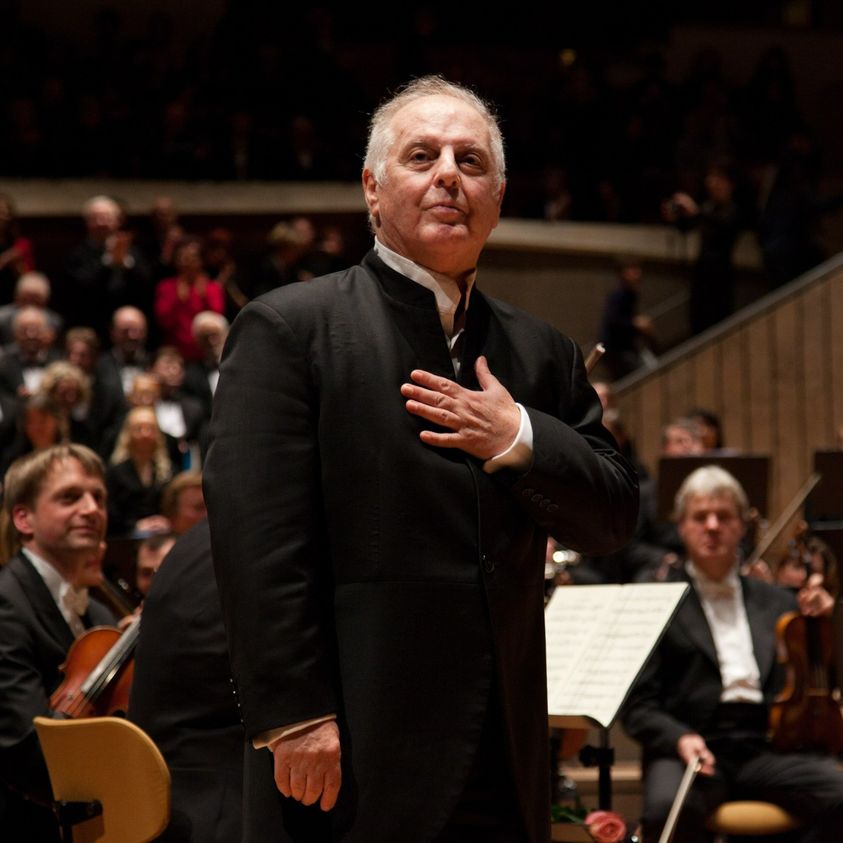
The composer Michael Tippett referred to him as…
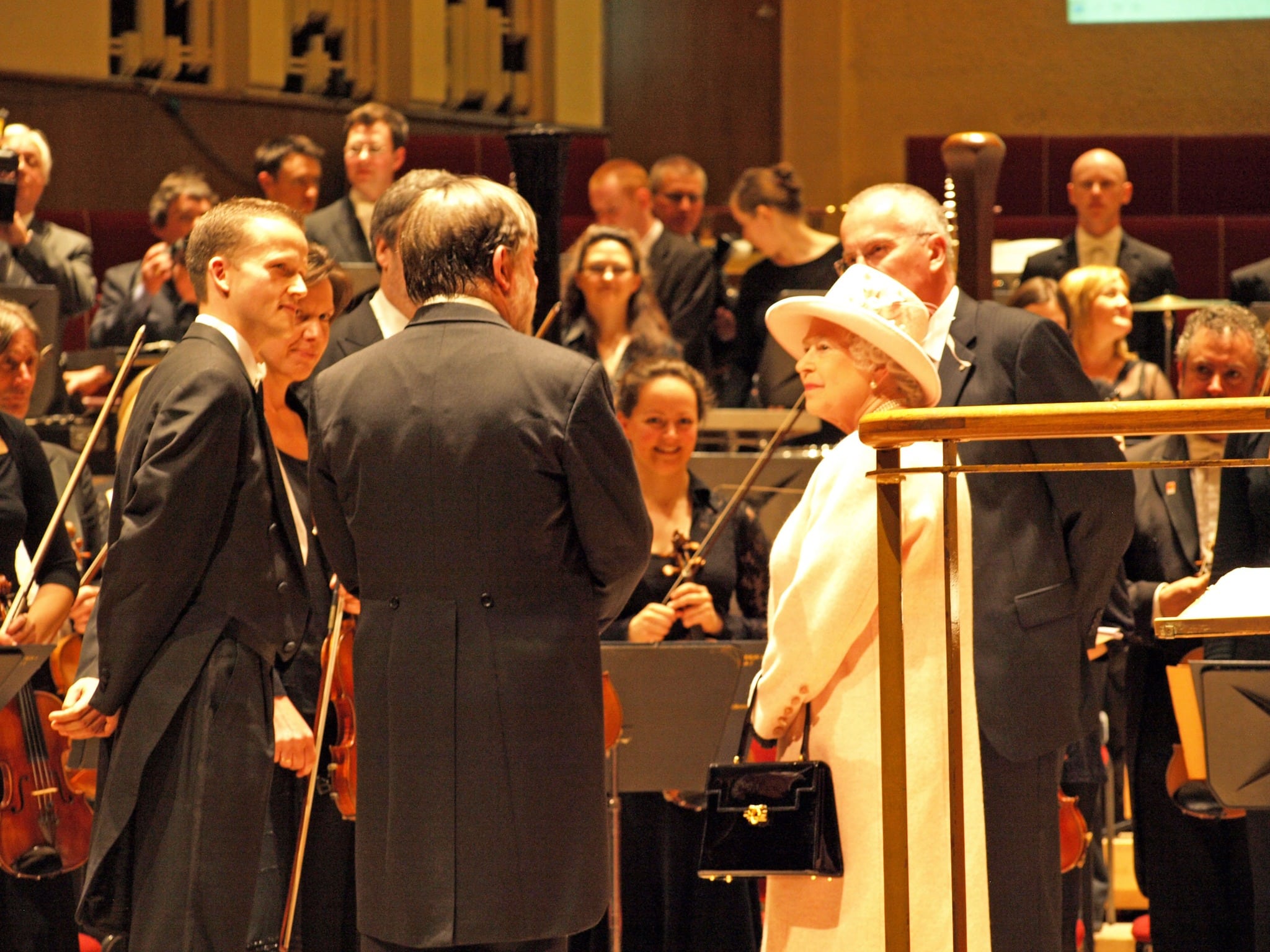
Don’t say you haven’t dreamed of this. The…
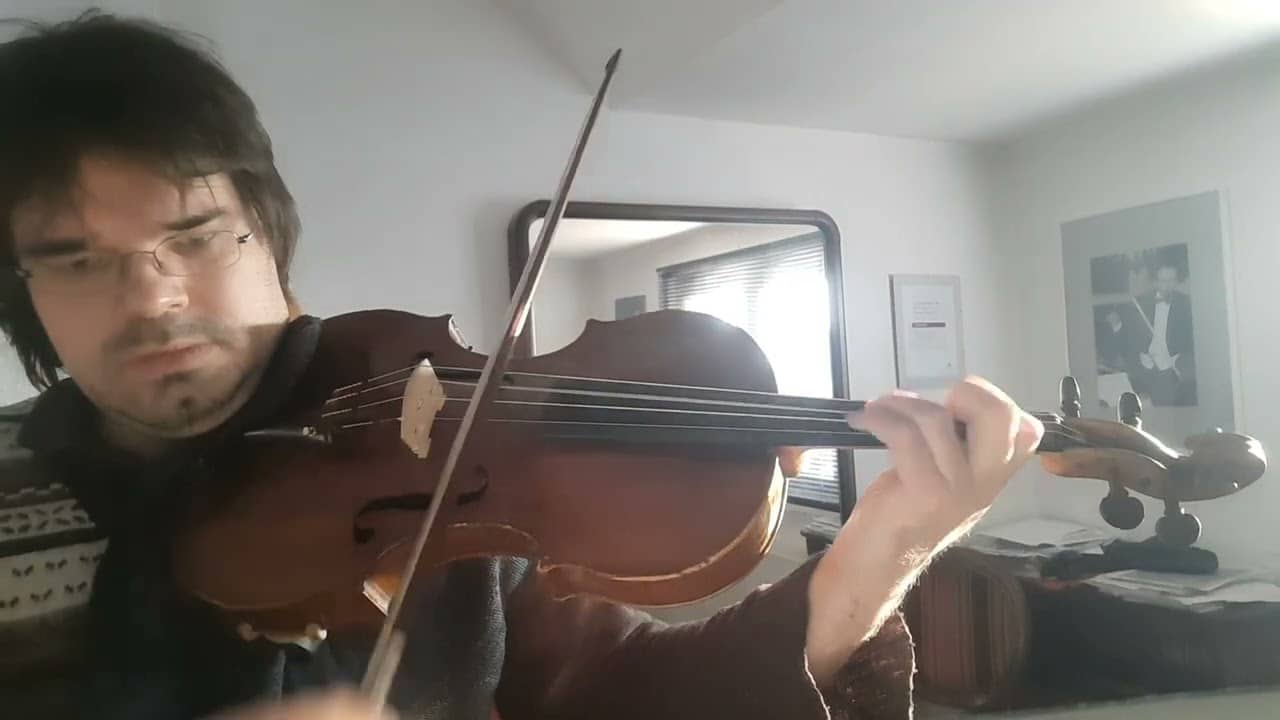
Explaining Elgar to Australia.
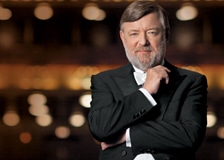
Session expired
Please log in again. The login page will open in a new tab. After logging in you can close it and return to this page.
What is the meaning of “watching” Bach, or “watching” music in general? I know we live in visually oriented times, but still don’t get it.
We “watch” everything today….movies, concerts, operas, plays, etc. In Elizabethan times, people went to “hear” a Shakespeare play and had dinner at 1:00pm.
Times have changed.
“Hearing” a play makes more sense than “seeing” a musical composition. One hears the text of a play. While seeing a musician or the ambience of a concert can enhance the experience, the performed music is heard. The closest we can come to “seeing music” is by reading a score and imaging the notated sounds, or following a performance by reading the score. But the primary experience is always auditory, real or imagined.
I listen AND see performances. The concert here — from the picture provided — looked like it had a great visual experience. Do you have your eyes closed when you’re at a concert?
My first choice is to follow the music with a score. Without score, I have my eyes open, but don’t necessarily look watch the musicians.
In recent audiovisual recordings I mostly look at my walls. The frequent changes of camera angles, and the focus on musicians’ faces distract me from the music.
It’s real real music, isn’t it? Bach must have been a good violinist to conceive and play it. While Kavakos is good, and I enoy this, he’s sometimes unsteady with dodgy intonation. I reserve other players: Oleg Kagan, Enescu, Thibaud, Uto Ughi, Szigeti, Balazs, Shumsky, Adolf Busch, Bronislaw Hubermann, Heifetz, Telmanyi, and Tetzlaff, who played all six Bach solo works here in one afternoon, with a two-hour interval. Vito Paternostro plays them on the cello.
I haven’t heard Szering, Milstein, or Grumiaux. All in all, I’d choose Uto Ughi and his Guarnerius del Gesu.
This “Preludio” reminds me that Rachmaninoff transcribed and recorded three movements of it for piano, anachronistic but with great elan. Now on to EugeneYsaye and his six unaccompanied sonatas, grandchildren of these, each dedicated to a different violinist. Leila Josefowitz and Shumsky do them justice.
Lovely playing!
What a venue for Bach – and I like how Kavakos pays tribute to it at the very end
When I wrote earlier I hadn’t reached the chaconne at the end of Kovakos’s recital. If there’s a better instrumental work I haven’t heard it. In it Bach and Kavakos give their best. He plays ornaments and lead-ins I didn’t recall hearing before., and breaks some three-note chords from top to bottom, not bottom to top. Almost totally senza vibrato, but considerable rubato, some necessary for him technically. I hope David Nelson and others will comment. TheGreeks can be proud of Kavakos and themselves for their attention and response. The ovation after the chaconne lasts many minutes.
The chaconne has gripped violinists and listeners so strongly that envious pianists borrowed it, first Joachim Raff and Brahms with literal transcriptions for piano two hands (Raff) and left hand alone to preserve the strenuosity (Brahms, who wrote an appreciative comment).
Then Busoni re-composed it, realizing what Bach implied, audacious and successful. Boesendorfer added four notes to their Imperial concert grand under a trap-door to give Busoni a bottom D he needed for his magnificent ending. It sounds like a death-rattle or the earthquake stop on an organ, but no matter.
Segovia and Yepes show it fits the guitar like a glove. Busoni’s version is best heard from Michelangeli and Weissenberg. Stokowski unnecessarily arranged it for orchestra; it doen’t work as well as the Passacaglia and Fugue in C minor.
The Ssonata in C: it contains Bach’s longest fugue, written for an instrument that can’t play one.
Mediocre at best if the truth be told & allowed here.
“He plays ornaments and lead-ins I didn’t recall hearing before., and breaks some three-note chords from top to bottom, not bottom to top. Almost totally senza vibrato, but considerable rubato, some necessary for him technically. I hope David Nelson and others will comment.”
The thing (well there are many things) about the Bach unaccompanied violin music is that after all these years and all the editions and great violinists and scholars pouring over this music, and the reasonable quantity of educational material about how to play that we have from the Baroque era, there is still so much about the notation that does not by itself convey exactly what you are supposed to do, and that what Bach was attempting was so distinctive that the “instructional” things we have from that era (books for viol, writings of Quantz, Rameau, Geminiani and others, even Leopold Mozart, which do give good advice about ornaments and such) still do not tell us. Tradition plays a role in this as well, although the HIP violinists distrust it.
A modest example is in the three fugues each one of which poses its own puzzles. There are three and four note chords. Common practice: bottom to top (so in physical terms, left to right, aiming for the E string assuming the top note is on that string. And the top note is therefore assumed to be “the” note with the rest being harmony. But my teachers would take pains to point out, that this or that chord is top to bottom. Nothing in the MS tells you that. Most editions are silent about it too. Partly it is just “what is done.” But another part is, knowing it is a fugue, what part of this chord, what note within it, the top or the bottom part, needs to be primary at THAT chord. Violinists don’t ordinarily have to think in those terms.
It is even harder during those passages when this or that voice of the fugue is not being played or heard but it’s there. somewhere, and Bach throws in a little “here I am!” bit of it now and again. Every chord has to be thought of in those terms. Maybe not all Bach scholars agree on each chord. As one of my teachers was fond of quoting “work out your own salvation, with fear and trembling” (Philippians 2:12). This issue with the direction of chords is most acute in the fugues but exists in the Chaconne and other movements.
It would be interesting to know which edition Kavakos learned from and which one he uses most in his performances.
I’ve heard him play the Korngold Violin Concerto. First-rate!
Here, the notion of ‘social distancing’ is particularly prominently expressed, albeit in a rather selective version.
Many thanks, David, for your explanation and comments. Do you have any other observations on Kavkos’s playing? Do you have a favorite player of this music?
My first reaction ro Kavakos was like “Violinist’s”, but I hanged as it went on. By rhe end of the Chaconne I was busy working out my own salvation, as St. Paul adjured the Philippians, and no longer thinking of invidious comparisons but had to wash my face. This happens often when I hear the Chaconne, which could have been written yesterday, or tomorrow, and I can only be grateful for it and whoever plays it..
I like your idea of breaking the chords in such a way as to get the next note needed for voicing the fiugues.
The psychobabble and hogwash seems never ending
for this chaconne music.If you want to know what is killing so called classical music read some of the seemingly endless insights on how to approach this dance music of which we know very little, much based on supposition.The only fact we can agree to is that what Bach heard and what we hear are two different things.
Poor Leopold no longer fashionable but a guitar thumping
along seems to be and now intimate music in a arena
controlled by sound engineers and photographers .How true to the spirit of “Bach”.Some how the name Jan Hamburg is missing complete edition( dedicated to
my (signed) master Ysaye 1935) now sits on my desk,
yet another version on how to play these works. And
on it goes…………………..
Violinist, Jan Hamburg is a new name to me. Is he the editor of a complete edition, dedicated to Eugene Ysaye (d. 1931), of Bach’s solo partitas and sonatas? And was he or Ysaye your master?
The Hambourg edition (Oxford) is certainly an important one, with (good) fingerings and articulation (marked in with slashes) that are part of the move (see also Busch’s edition, Champeil’s edition) away from the romanticized editions of the 19th century, including Joachim/Moser’s which really did attempt to honor the MS but was still viewing the music through a Romantic era lens. By Romanticized I means styles of bowing and choices of position which are post-classical, and fingerings (and indications of which string) which clearly assume some level of portamento and glissando that have come to sound troubling to our ears, and lengthy slurred passages that the Baroque bow likely would have found a challenge. Hambourg somewhat but not entirely avoids those slurs. I have not seen the Rostal and Szeryng editions which reputedly continue this process.
My own teacher preferred Galamian’s edition but was enough of a traditionalist that he’d have me Xerox pages from Joachim/Moser and stick them into the part, particularly in the Chaconne. He found the Auer edition at a book sale and we read through parts of it. A virtuoso’s edition. Now and then he’d like a fingering but after a while my music became such a mess of “ossia” suggested fingerings that from time to time I have been tempted to buy a new one and start over. There’d be fingerings all over the place and he’d bark “don’t mix and match” at me.
There still remains the challenge of the fugues. What I always liked about Szigeti’s way with the fugues is his choice of distinctive accents and points of emphasis on the fugue theme (I suppose you could call them slight distortions) as an aid to “hearing” it when it makes its brief and fragmentary appearances throughout the movements. He does this while basically following the Joachim edition, with changes of his own.
The link was working but it no longer is. It is blocked as “private”.
I saw Szigeti play two, maybe three of these works in the small, steeply-raked surgical theater of the UC medical school on Parnassus in San Francisco near where I lived in the Haight-Ashbury, I liked his Vanguard LPs made shortly before this, that he called his posthumous recordings.
Before beginning tp play, with his bow in the air two feet from the strings, he started his slow vibrato. G minor and C major, I think, maybe another, but not the Chaconne, which I had seen Frederic Balazs play many years before.
It is about sound and nothing else and the listener brings to the work their own subjective reactions to
the sound they hear. listening to Mr. Kavakas or Mr.Szigeti scratch their way though Bach is not exactly music and I doubt what Bach had in mind
when writing the Sonatas Partitas, and if phrasing
cannot save the day nothing will. It is to “give” voice to the instrument whether it be dance music
or listening music.Go to ” Antoni Janusz Haiku” at you tube – the violin is given its voice which you can accept or not. Am informed it was done in one take in an empty room by an 84 year old,It is a far cry from the scratchings of Mr. Kavakos or Mr.Szigeti.